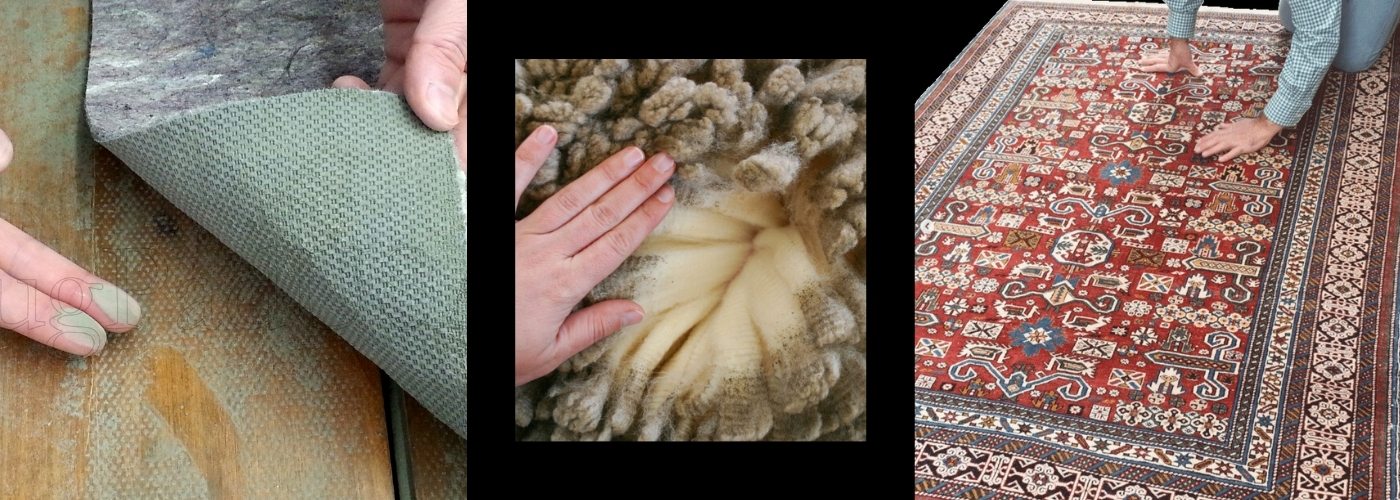Whether you’re expanding an existing rug cleaning business or launching a new operation, having a well-organized facility ensures high-quality results, satisfied customers, and long-term profitability.
This guide walks you through the essential steps to build a high-efficiency rug washing facility that meets industry standards and maximizes your investment.

Choosing the Right Location for Your Rug Cleaning Facility
Selecting the right location is critical. A well-chosen space improves workflow, reduces operational costs, and enhances customer service.
Key Factors to Consider:
-
Space requirements: A facility of at least 2,000–3,000 square feet allows for efficient rug handling.
-
Water supply and drainage: A high-pressure water system and proper drainage prevent flooding and water damage.
-
Ventilation and drying conditions: Proper airflow helps prevent mold and mildew growth in wet rugs.
-
Accessibility: Ensure easy access for both customers and delivery vehicles.
Essential Equipment for a Professional Rug Washing Facility
Investing in the right rug cleaning machines ensures thorough cleaning while reducing manual labor. High-quality industrial machines speed up turnaround times and improve cleaning consistency.
Must-Have Rug Cleaning Equipment:
-
Rug dusting machine – Removes deep-set dry soil before washing.
-
Automated rug washing machine or wash pit – Provides deep cleaning for large and delicate rugs.
-
Rug centrifuge machine – Extracts 95–97% of water for faster drying.
- Rug Finishing Machine – Improve the final presentation

Optimizing Your Rug Cleaning Workflow for Efficiency
An efficient rug washing process minimizes delays and ensures customer satisfaction. Your workflow should move smoothly from drop-off to delivery.
Recommended Rug Cleaning Workflow:
-
Inspection and intake – Identify stains, fiber types, and damage. Use digital tracking for each rug.
-
Dusting process – Remove dry soil and embedded dust before washing.
-
Pre-treatment – Apply stain removers and conditioning solutions.
-
Full immersion washing – Use a rug washing machine or handwashing for delicate rugs.
-
Rug rinsing and water extraction – A centrifuge ensures quick water removal.
-
Drying process – Utilize air movers, dehumidifiers, and drying racks.
-
Final grooming and quality control – Brush fibers, trim fringes, and conduct a final inspection.
-
Packaging and customer pickup/delivery – Wrap rugs securely for transport.
Creating a Controlled Drying Environment
Drying is one of the most critical steps in professional rug cleaning. Improper drying can lead to mold growth, odors, and fiber damage.
Best Practices for Rug Drying:
-
Use centrifugal water extraction to remove excess moisture quickly.
-
Maintain a temperature-controlled drying room with proper airflow.
-
Hang rugs vertically when needed to ensure even drying.
-
Monitor humidity levels to prevent mildew buildup.



Share:
ROI Timeline for New Rug Cleaning Equipment